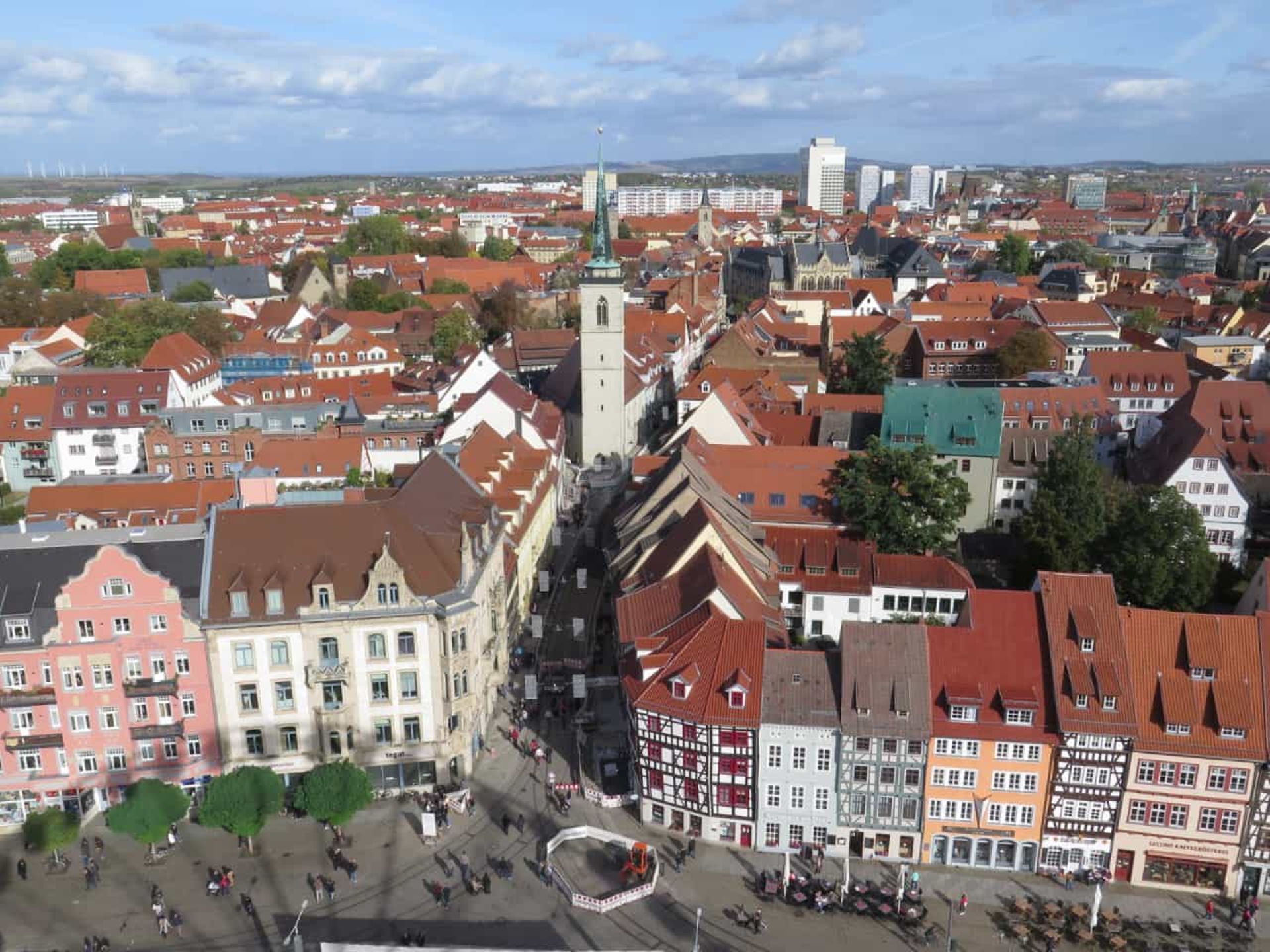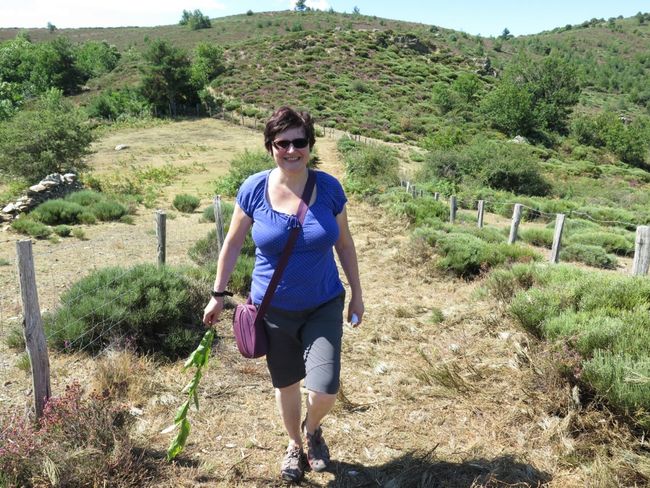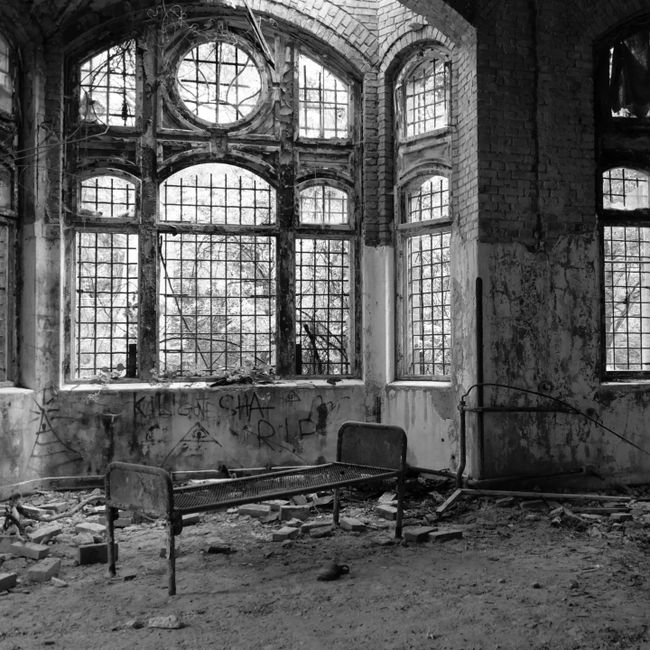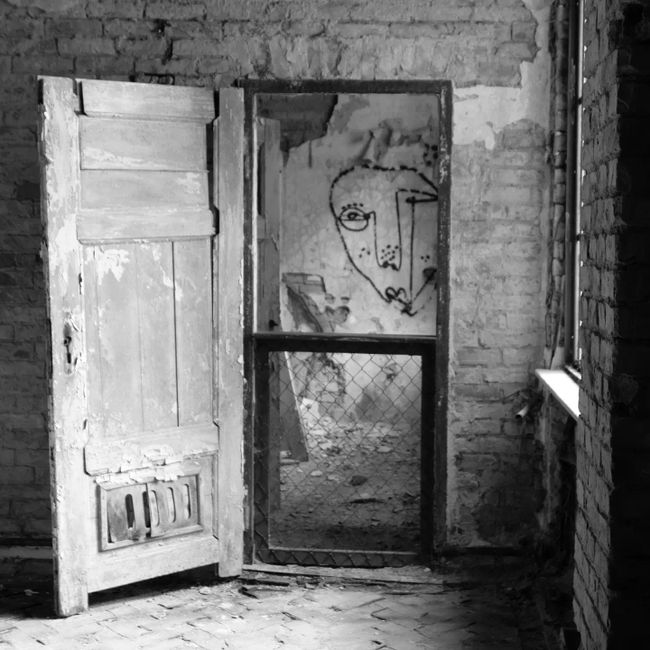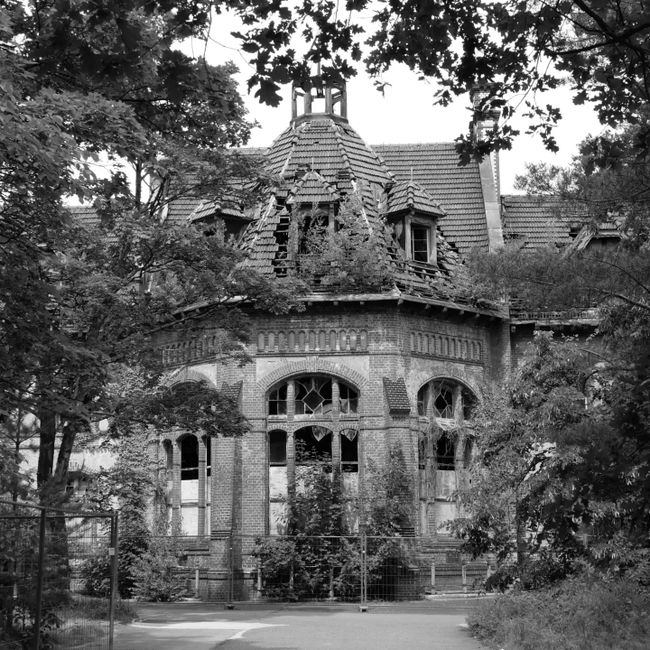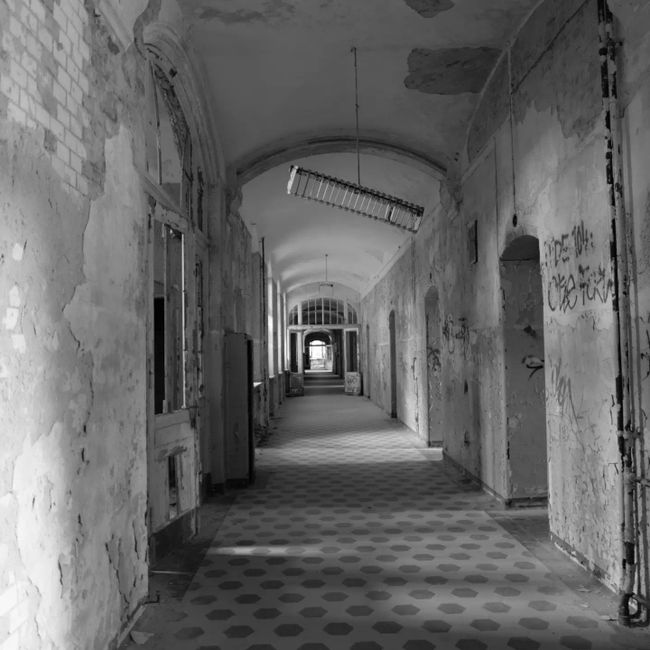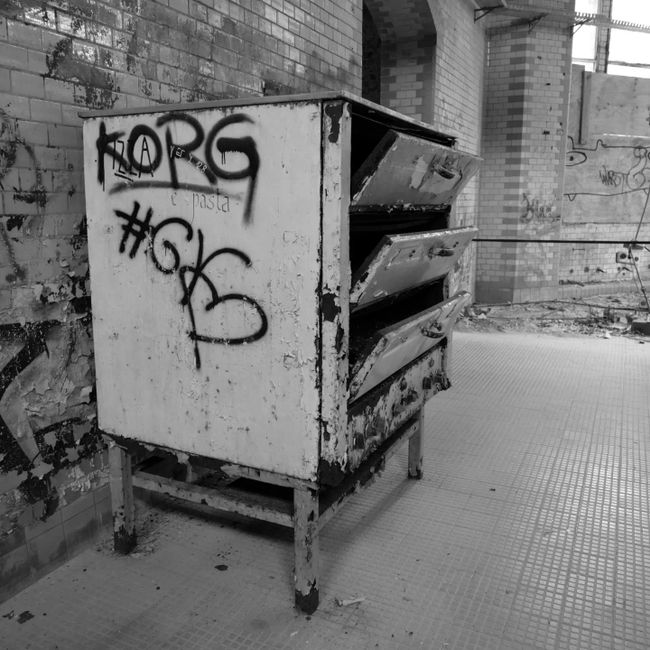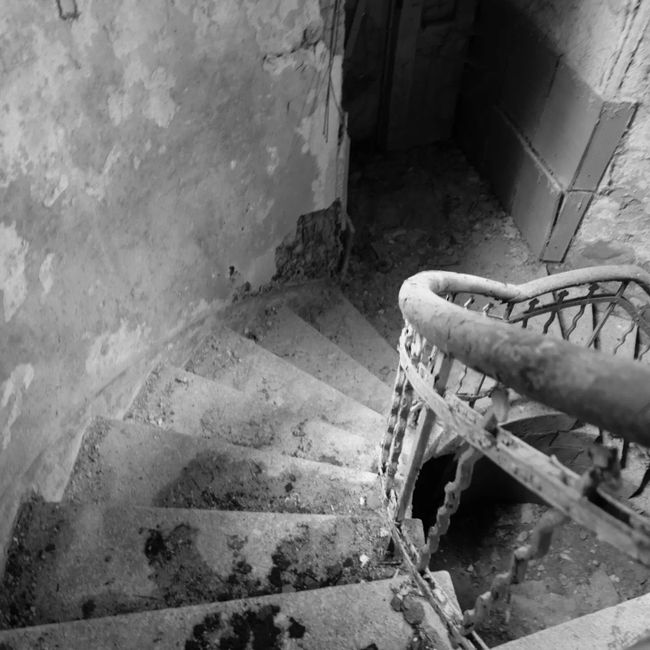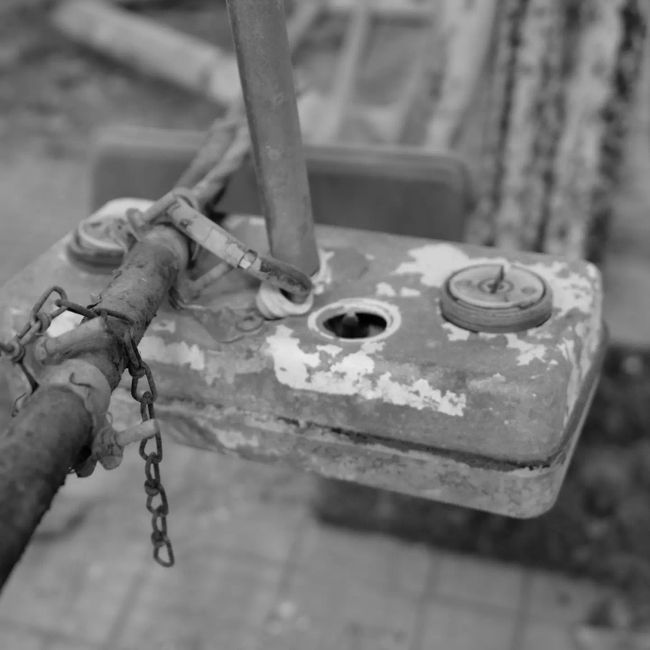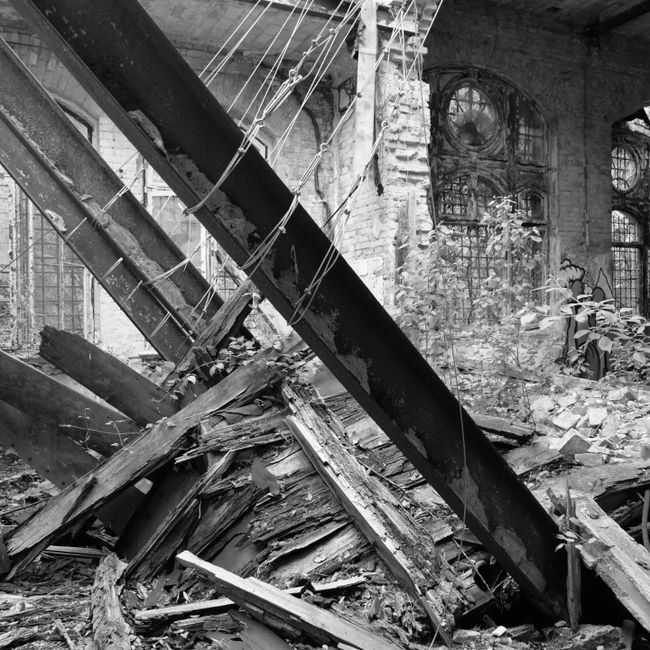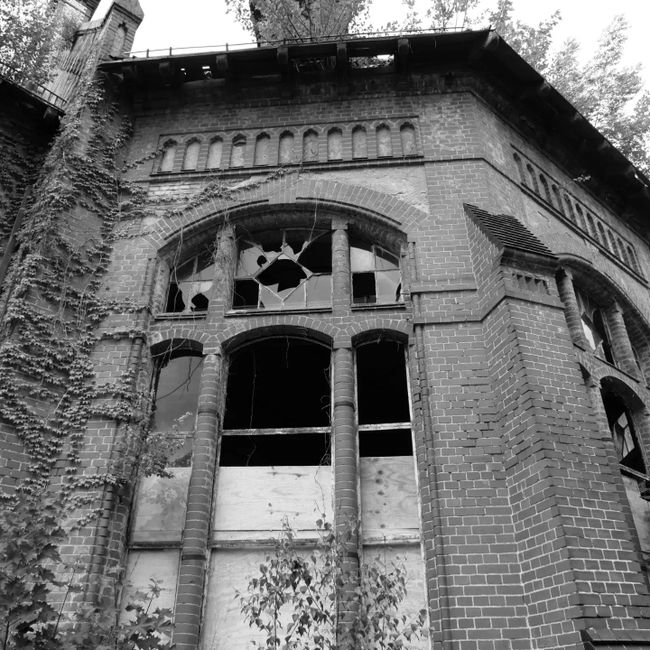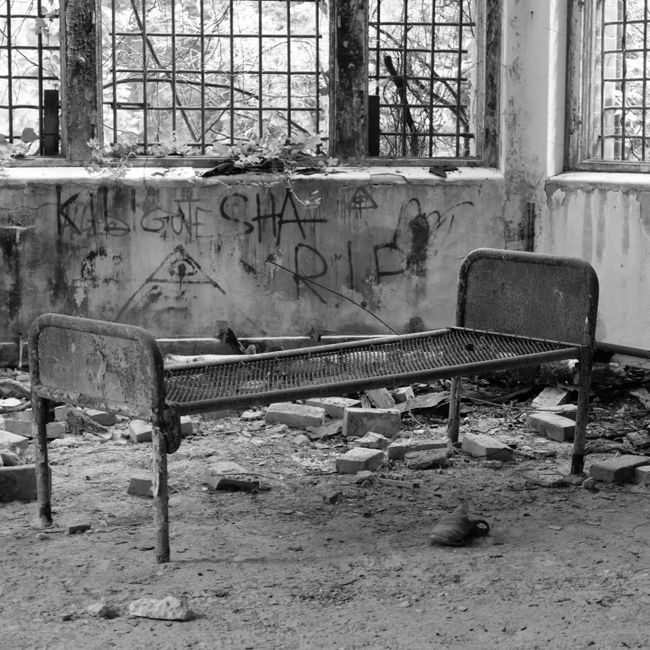2022-June-Beelitz-Sanatorium
Wotae: 11.06.2022
Wɔ Nudɔdɔ na Nyadzɔdzɔgbalẽ
So, how do you like my photos of the Beelitz Sanatorium? Does the sight of decay make you sad or do you find it simply terrible, creepy or even horrifying? In fact, these exact words were sent to me as comments on my pictures of the dilapidated buildings.
However, the Beelitz Sanatorium is anything but sad or creepy. Despite the various objects in poor condition and therefore referred to as abandoned places, this is absolutely not a forgotten place.
In fact, the opposite is true. Contrary to expectations, the decay has been well secured and touristically processed. This means that the decayed spaces have been specially "arranged". An old bed was placed or a deck chair was placed on the terrace.
You can book photo tours or visit one of the guided tours with historical explanations, like we did. These are highly recommended, but of course, everything has its price: The ride to the parking lot alone costs 3 euros. The entrance to the park then costs 13.50 euros per person (including the treetop path). And if you want to participate in one of the guided tours, you have to pay up to 15 euros. But there are also family tickets available.
That also makes sense, because the Beelitz Sanatorium is a worthwhile destination for young and old. There are various playground equipment for children, and the aforementioned treetop path will surely be exciting for everyone.
But especially history enthusiasts will get their money's worth. Because the facility takes us back to a time when there were completely different health problems than today.
So, the former tuberculosis sanatorium was gradually built for mainly tuberculous workers from 1898 onwards. TB can now be effectively treated with antibiotics. But back then, this was not the case, and if you were poor, your chances of recovery were even worse.
While wealthier patients recovered in Davos, workers often lived in cramped backyards under poor hygienic conditions. Especially in Berlin, so many people lived under these catastrophic conditions that the disease could spread even faster.
While Robert Koch discovered the pathogen in 1882, it did not mean that there was a cure for TB. However, under Chancellor Otto von Bismarck, general health insurance was introduced in 1883. And this meant that workers could now recover in a sanatorium.
For TB patients, this was a lengthy process. The disease, also known as consumption, often led to extreme emaciation and weakness. Therefore, great emphasis was placed on good nutrition at the Beelitz Sanatorium. Pigs, cows, and chickens were kept directly on the premises and then, of course, slaughtered, processed, and eaten. There was also plenty of fresh air, Kneipp treatments, and exceptionally elaborate hygienic measures. For example, there were uniforms that everyone received at the beginning of their stay. These were regularly cleaned in the on-site laundry with boiling wash cycles. And when the patients had gained weight again during their stay, the clothes were altered in the tailor shop.
The ventilation was also sophisticated and already functioned before electrification. If you're interested, you can find out more about this in a separate tunnel tour. In general, all buildings were designed by renowned architects and were not intended to resemble a hospital in terms of their appearance. Instead, there were promenades where you could stroll.
However, there was one downside: men and women were strictly separated from each other! The part of the facility that can now be visited was the women's wing of the Beelitz Sanatorium.
Although there would have been a need for health resorts during the two world wars as well, the Beelitz Sanatorium was used as a military hospital instead. Adolf Hitler also recuperated here in 1916. And during the Soviet era, after World War II, Vladimir Putin received treatment here. In 1990, there was another prominent patient: Erich Honecker, who had to recover here from liver cancer. At that time, the Beelitz Sanatorium was still under Soviet/Russian control. This remained the case until 1994, and they were even the largest military hospital outside their own country.
Although the Russian military had handed over the site and the facilities in a quasi orderly manner in 1994, nothing happened for a long time afterwards. Only partial renovations or new construction took place. Due to insolvency, everything then came to a standstill, leading to vandalism and decay.
However, what you see in my pictures is only the part that is now used for tourism. For more information, visit http://www.baumundzeit.de/.
Other parts of the Beelitz Sanatorium have now been renovated and are used as apartments or clinics.
What will happen to the decayed buildings is pure speculation on my part. The admission fees are certainly used for roof repairs and the like. But I can definitely imagine that the lost-place image will continue to be exploited.
As a small addition: I have since learned that Hollywood has also filmed extensively here. Parts of the films "The Piano" and "Valkyrie" were shot here.
Wɔ Nudɔdɔ na Nyadzɔdzɔgbalẽ
Ŋuɖoɖo
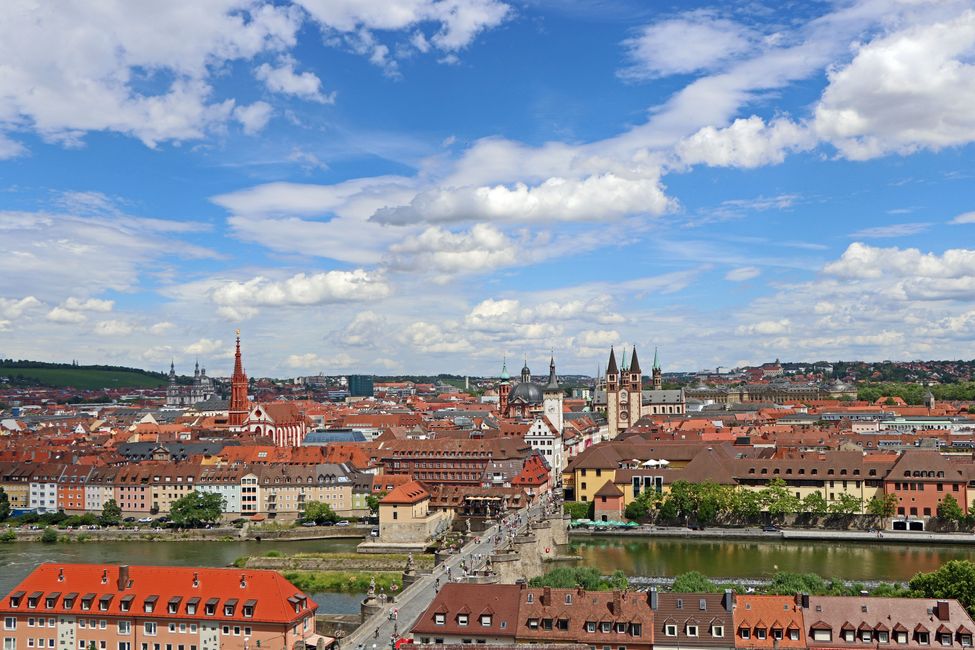
Mɔzɔzɔ ŋuti nyatakakawo Germany
